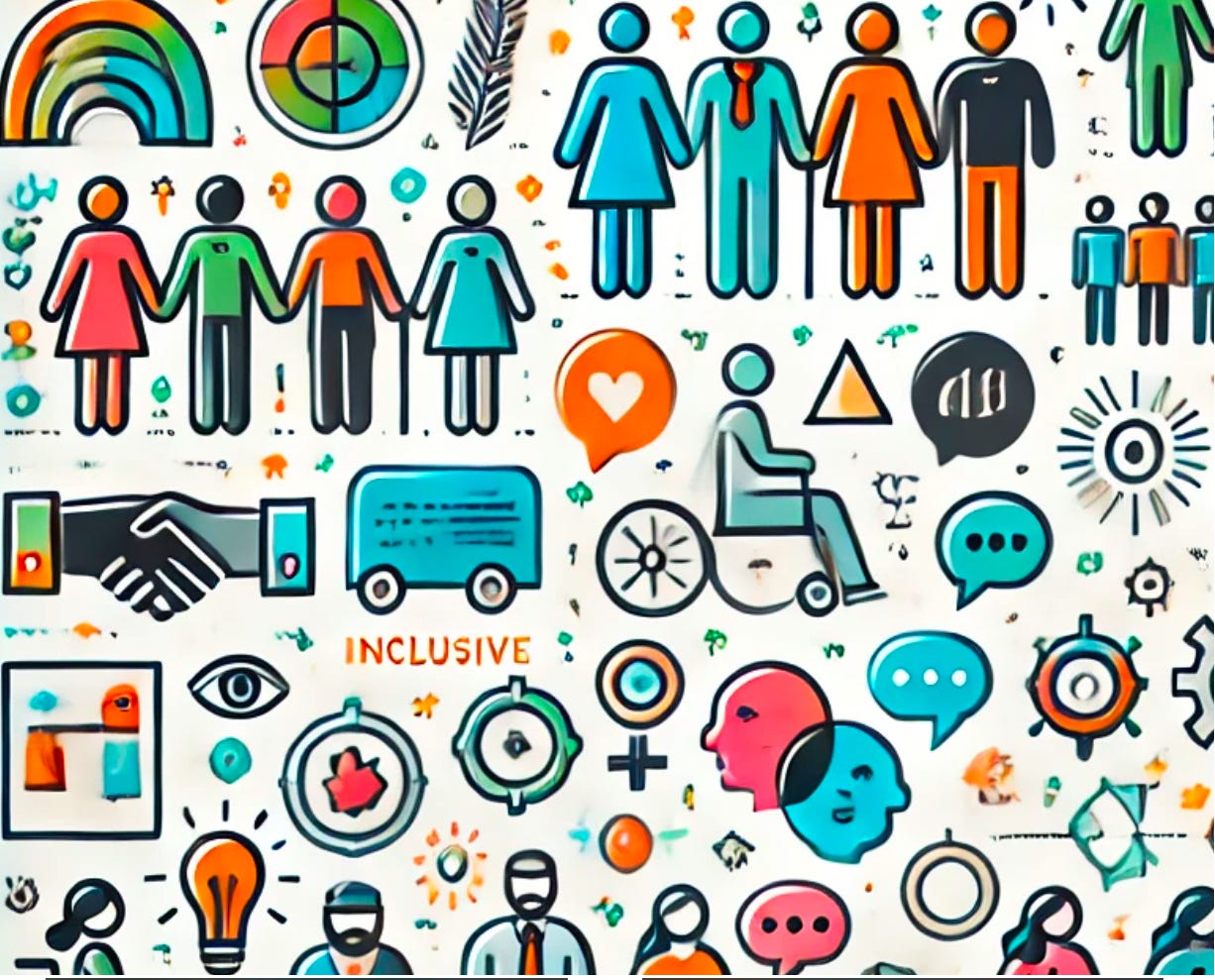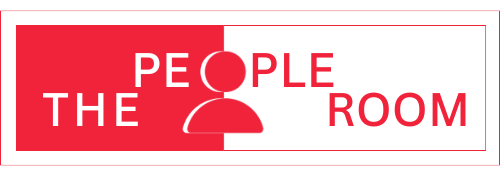Allow me to rip the Band-Aid off: most diversity programs fail. There, I said it.
We’ve all been there. You roll out a diversity program with good intentions and even better PPTs, but six months later, nothing has changed. Sounds familiar?
It’s not because people don’t care. They care, there are meetings, task forces, even the occasional heartfelt LinkedIn post. But caring isn’t enough when your program feels more like a box-checking exercise than a genuine effort to change.
Let’s talk about why these programs flop harder than my attempt at baking a cake during the lockdown, and more importantly, what can we do about it.
3. Your definition of ‘Diversity’ isn’t complete
First: Diversity isn’t just about gender. It’s about age, ability, ethnicity, language, sexual orientation, socio-economic background, and more. Yet, too many programs focus on just one or two dimensions, leaving others feeling excluded.

Case in point: You are a large tech company being proud of hiring women all the times. Great start.. except your office isn’t wheelchair accessible, and there are no accommodations for neurodivergent employees. Diversity doesn’t mean much if it’s not inclusive.
Second: You design a global program and expect it to produce results across the world. A program that resonates in India might completely miss the mark in Japan.
Fix It: Tailor your programs to address multiple facets of identities. Instead of one-size-fits-all training, create programs tailored for each market. Localize your approach by incorporating local and real success stories, cultural traditions, and unique challenges.
And remember, what works in one country might not work in another.
2. Diversity is not a part of your Business Strategy
Diversity isn’t a moral obligation — it’s a business advantage. Companies with diverse teams are more innovative, more profitable, and way more fun to work for.
A 2020 report by Boston Consulting Group found that companies with diverse leadership teams generated 19% more revenue from innovation.
It’s a strategy, not charity!
Look at Google’s famous study on team performance. The most successful teams weren’t the ones with the smartest people — they were the ones where everyone felt safe to speak up. That’s the power of diversity in action.
Fix It: Treat diversity as a core business strategy, not an HR initiative. Tie it to your company’s goals, invest in it, and hold leaders accountable. Present diversity as a competitive advantage.
1. Your leadership team doesn’t care about it.
How do you expect the ‘Chief Diversity Officer’ to deliver results if s/he is struggling to get the COO’s appointment to discuss DEI for weeks?
Let’s be honest: If leaders don’t prioritize diversity, neither will the rest of the organization. If your leaders don’t embrace it, you’re not just lagging; you’re losing.
A Deloitte study found that 69% of executives cite diversity as a priority, but only 31% hold their teams accountable for results. In most organisations, hierarchy reigns supreme, visible leadership commitment is even more critical.
Expect worst, if the CEO or the founder of your company doesn’t care about it at all. And, frankly speaking, often, you can’t do much about it!
Fix It: Make leaders accountable. Use real world examples (preferably from competition) to show leaders how it drives innovation, improves customer experience, and ultimately boosts the bottom line. Tie diversity goals to their performance reviews and bonuses. If they don’t care, why should anyone else?
Final Thoughts
Diversity programs fail when they’re treated like a box to check or a PR move. But if we do it correctly, we can transform not just our workplaces, but our entire business.
So, let’s stop asking, “Why isn’t our diversity program working?” and start asking, “What can we do to make it meaningful?”
Diversity isn’t a one time project. It’s an ongoing journey that requires intention, empathy, and a willingness to adapt. If your diversity program isn’t working, don’t scrap it; reinvent it. Focus on inclusion, tailor your approach, and make leaders accountable.
Because here’s the truth: Real change doesn’t come from posters or memos. It comes from people: Listening, learning, and leading the way together.
Let’s keep the conversation going:
- What does diversity mean in your organization?
- Have you faced challenges making it work?
Let’s learn from each other and build workplaces where everyone truly belongs.
I published this article on Medium on Jan 02, 2025. Here is the link – https://medium.com/the-people-room/top-3-reasons-why-your-diversity-program-isnt-working-and-how-to-make-it-happen-489e4e486e47



